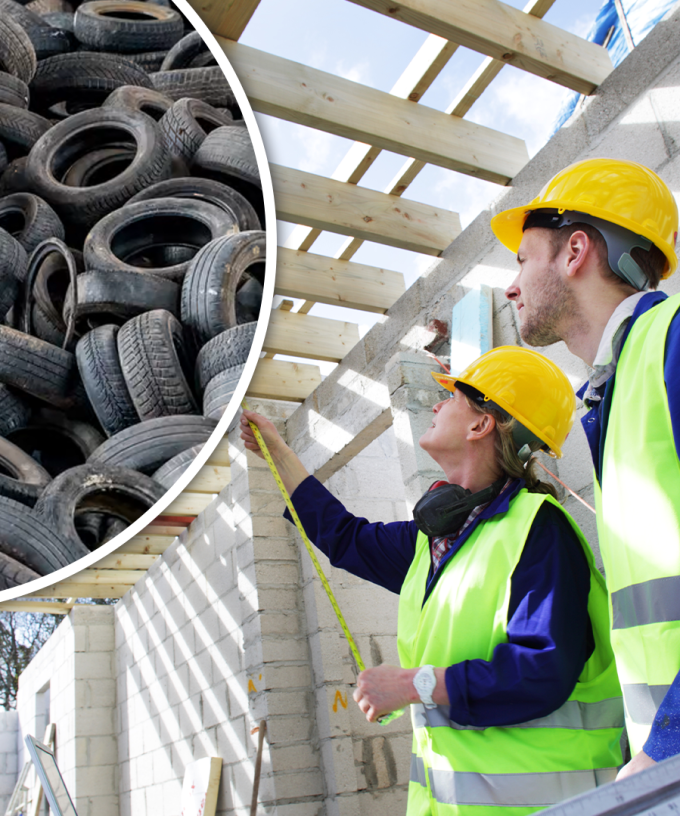Australians looking to build on a budget could soon have at their disposal a cheaper, greener type of concrete, made largely from recycled tyre rubber.
Small amounts of tyre rubber particles are already used to replace conventional aggregates in concrete such as gravel and crushed rock.
However, RMIT University engineers have discovered a way to replace 100 per cent of the aggregates with rubber from discarded car tyres, and the resulting lighter product meets building standards.
The manufacturing process for the concrete involves using newly designed casting moulds, which compress the coarse rubber aggregate in fresh concrete and enhance its building performance, the research team says.
The team’s findings debunk theories about rubber’s limitations in concrete, as previous efforts to replace all aggregates have produced weak results, according to lead study author Mohammad Momeen Ul Islam.
“We have demonstrated with our precise casting method that this decades-old perceived limitation on using large amounts of coarse rubber particles in concrete can now be overcome,” Mr Islam said.
Used tyres in Australia cannot be exported, and about 1.2 billion will be disposed of annually worldwide by 2030, the researchers said.
The new lighter concrete product would reduce consumption of natural resources and address the challenge of what to do with the tyres.
It could also significantly reduce manufacturing and transportation costs, study co-author Professor Jie Li said.
“This would benefit a range of developments including low-cost housing projects in rural and remote parts of Australia and other countries around the world.”
The engineering team will next look at reinforcing the concrete to see how it can work in structural elements.
A precast concrete industrial setting could be used across Australia and overseas, Mr Islam said, with researchers hopeful the product could be available in a few years.







